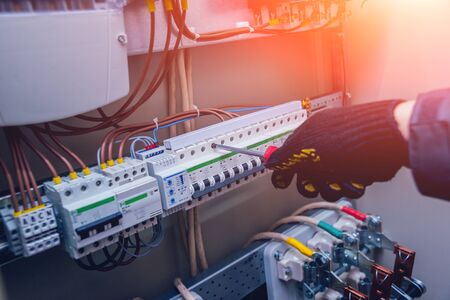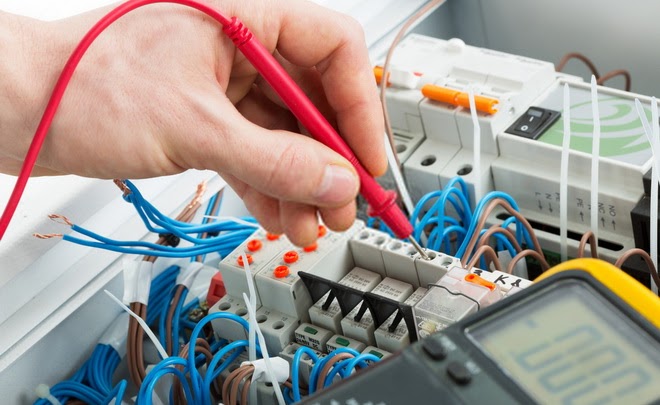In the modern world, electricity is the lifeblood of our homes. From powering our lights and appliances to enabling our gadgets, it’s the invisible force that keeps our daily lives running smoothly. However, behind this convenience lies a complex network of electrical installations that require careful planning and execution. Whether you’re building a new home or renovating an existing one, understanding domestic electrical installation is crucial for safety, efficiency, and overall functionality. In this comprehensive guide, we’ll delve into the world of domestic electrical installation, demystifying the process and empowering you to make informed decisions about your home’s electrical infrastructure.
Chapter 1: Understanding the Basics
Before delving into the technical aspects, it’s essential to grasp the fundamental concepts of domestic electrical systems. This chapter covers the basics of electricity, voltage, current, circuits, and safety precautions. By understanding these principles, you’ll have a solid foundation to build upon as you explore the intricacies of electrical installations.
Chapter 2: Planning Your Electrical System
Proper planning is the key to a successful electrical installation. This chapter guides you through the process of creating an electrical layout for your home. Topics include assessing your power needs, determining the placement of outlets and switches, and understanding the importance of circuit design. Special attention is given to energy-efficient solutions and the integration of renewable energy sources.
Chapter 3: Choosing the Right Components
Selecting the right electrical components is paramount to the safety and efficiency of your domestic electrical system. This chapter provides insights into choosing high-quality wiring, circuit breakers, outlets, and switches. Additionally, it explores the world of smart home technology and how you can seamlessly integrate it into your electrical installation for enhanced convenience and energy savings.
Chapter 4: Hands-On Installation Tips
Here, we roll up our sleeves and dive into practical tips for installing electrical components. Step-by-step instructions, accompanied by detailed illustrations, cover tasks such as wiring outlets, installing light fixtures, and connecting appliances. Safety guidelines are emphasized throughout, ensuring that you can undertake these tasks confidently and securely.
Chapter 5: Ensuring Safety and Compliance
Safety is non-negotiable when it comes to electrical installations. This chapter discusses best practices for ensuring electrical safety in your home, including proper grounding, using GFCIs and AFCIs, and conducting regular inspections. Additionally, you’ll learn about the legal and regulatory aspects of domestic electrical installations, ensuring that your work complies with local building codes and regulations.
Chapter 6: Troubleshooting and Maintenance
Even the best electrical systems may encounter issues over time. This chapter equips you with troubleshooting techniques to identify and resolve common electrical problems. Furthermore, it emphasizes the importance of regular maintenance to prolong the lifespan of your electrical components and ensure the continued safety and efficiency of your home’s electrical system.




